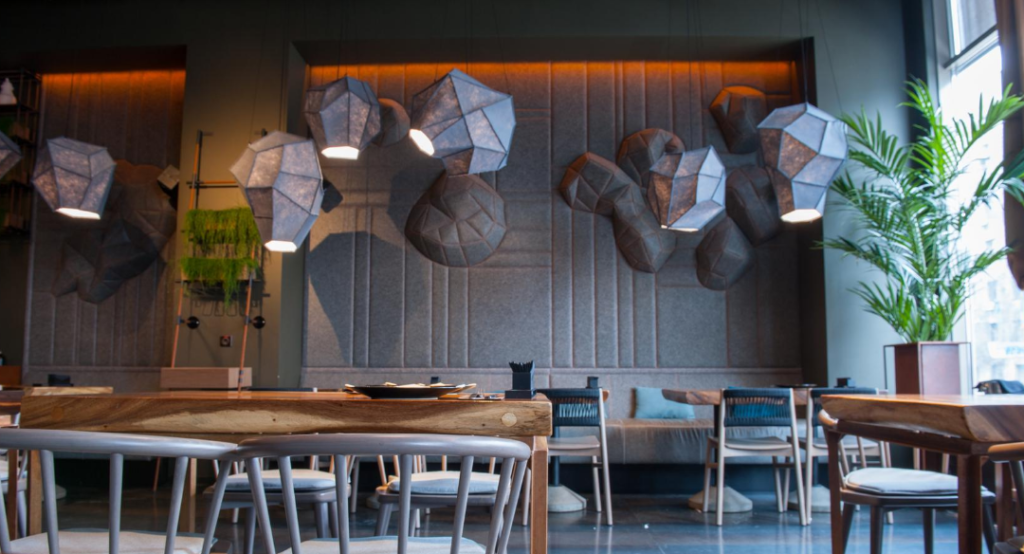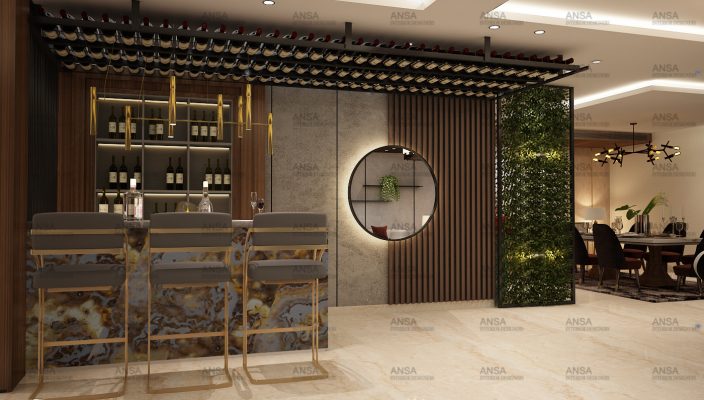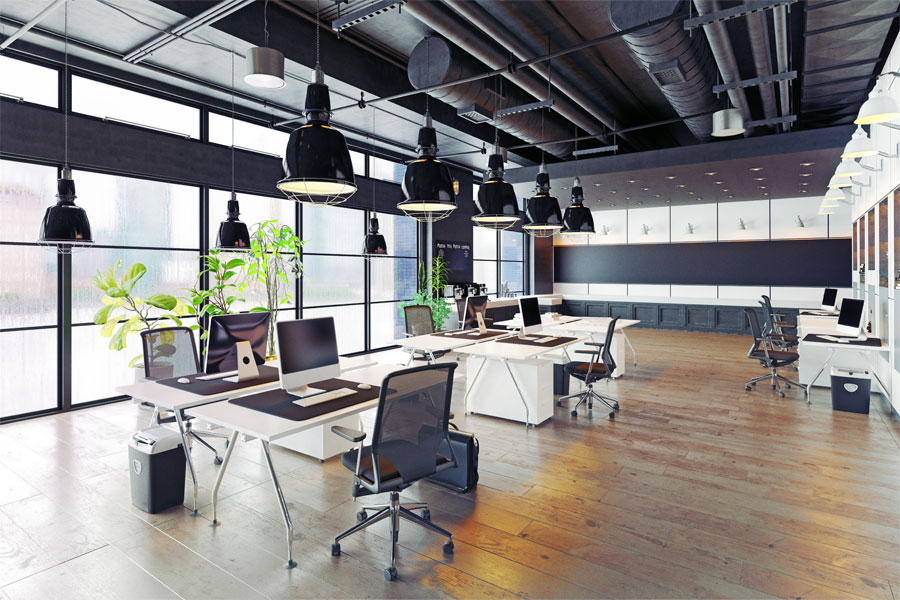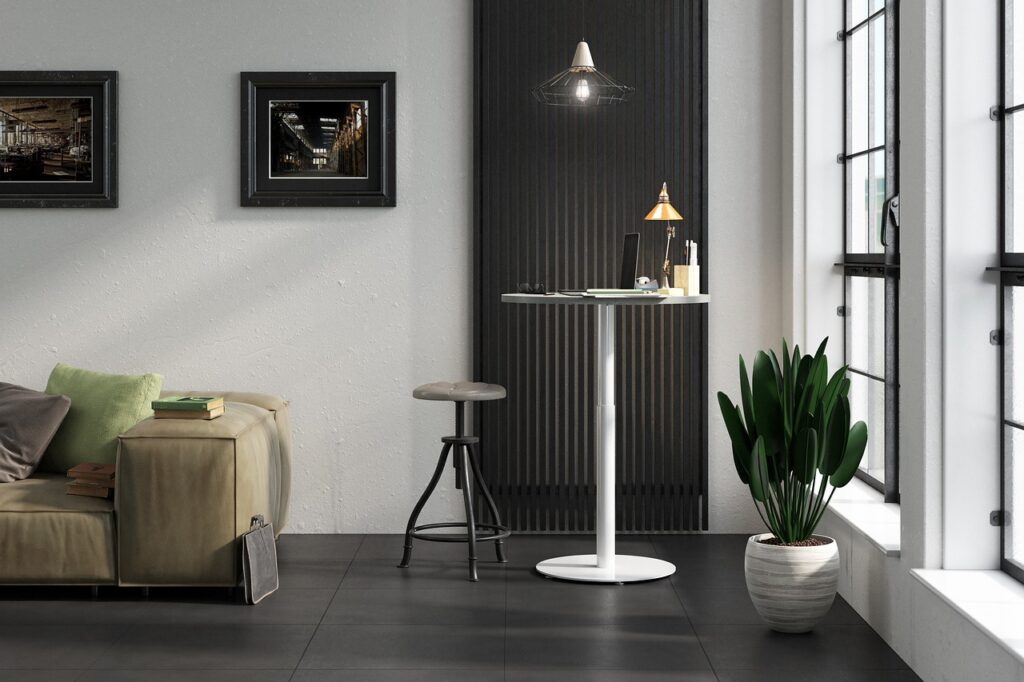In today’s competitive market, the design of your commercial space plays a crucial role in defining your brand’s identity and enhancing customer experience. With the right commercial interior design, you can create an environment that is both functional and aesthetically pleasing. This blog will explore key strategies and ideas to help you optimize your commercial space.

Understanding the Essence of Commercial Interior Design
Commercial interior design involves the planning and execution of interior spaces used for business purposes. This can include offices, retail stores, restaurants, and more. The goal is to create a space that meets the needs of the business, aligns with its brand, and provides a pleasant environment for both employees and customers.

Key Elements of Effective Commercial Interior Design
- Space Planning
- Effective space planning is the foundation of commercial interior design. It involves organizing furniture and decor to maximize the usability of the space. This includes creating designated areas for different activities, ensuring clear pathways, and optimizing the flow of movement.
- Lighting
- Lighting plays a vital role in setting the mood and enhancing the functionality of a commercial space. Natural light is ideal, but it should be supplemented with artificial lighting to ensure consistent illumination throughout the day. Use a mix of ambient, task, and accent lighting to create a balanced and inviting atmosphere.
- Color Scheme
- The color scheme of a commercial space can significantly impact the perception of your brand. Choose colors that align with your brand identity and evoke the desired emotions in your customers. For instance, warm colors can create a cozy atmosphere in a restaurant, while cool colors may be more suitable for a corporate office.
- Furniture and Fixtures
- The choice of furniture and fixtures should reflect the functionality and aesthetics of the space. In an office, ergonomic furniture is essential for employee comfort and productivity. In a retail store, display units should be both attractive and practical. The right furniture can enhance the overall design and improve the user experience.
- Branding Elements
- Incorporating branding elements into the design helps reinforce your brand identity. This can include using brand colors, logos, and other visual elements consistently throughout the space. Effective branding can create a memorable experience for customers and strengthen brand recognition.

Commercial Interior Design for Restaurants
When it comes to commercial interior design restaurant creating a unique and inviting atmosphere is key to attracting and retaining customers. Consider the following tips:
- Theme and Ambiance: Define a clear theme that reflects your restaurant’s concept and target audience. The theme should influence the choice of colors, furniture, and decor.
- Seating Arrangements: Optimize seating to accommodate as many guests as possible without compromising comfort. Consider different seating options, such as booths, tables, and bar stools, to cater to various preferences.
- Lighting and Acoustics: Use lighting to create a cozy and welcoming ambiance. Ensure that the acoustics are well-managed to provide a pleasant dining experience without excessive noise.

Integrating Residential and Commercial Interior Design
Many principles of residential design can be applied to commercial spaces to create a more comfortable and inviting environment. Integrating elements of residential and commercial interior design can make a commercial space feel more homey and appealing to customers. This approach is particularly effective in businesses such as boutique stores, cafes, and salons.

Conclusion
Investing in professional commercial interior design can have a profound impact on the success of your business. By focusing on space planning, lighting, color schemes, furniture, and branding, you can create a space that not only looks great but also functions efficiently. Whether you are designing an office, a retail store, or a restaurant, the right interior design can enhance the customer experience and support your business goals.
Implementing these commercial interior design strategies will help you transform your business space into an environment that reflects your brand and meets the needs of your customers. As a result, you can create a lasting impression and foster a positive experience for everyone who interacts with your business.





